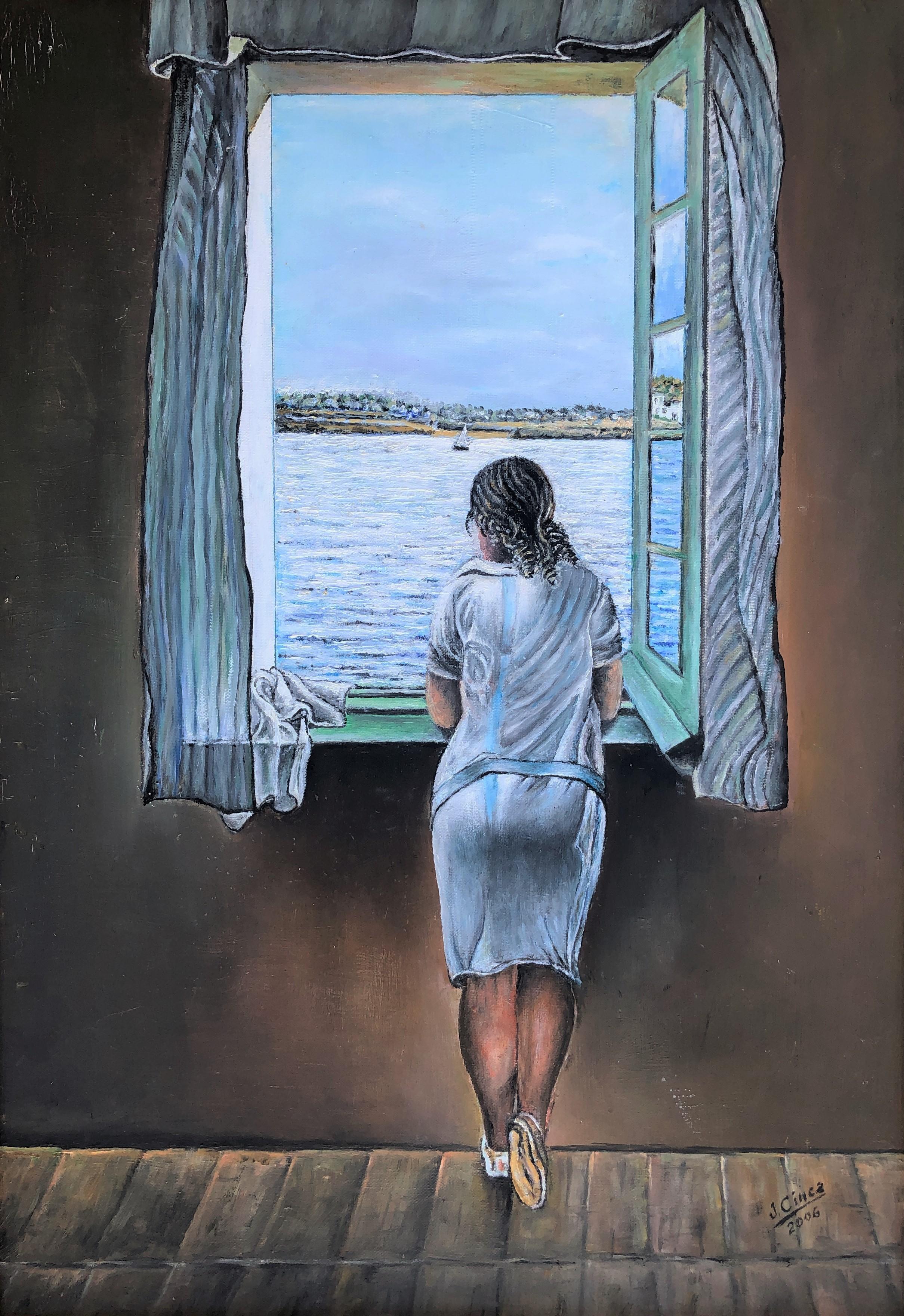
.jpg)
Some of the pages from these sketchbooks are preparatory studies for a number of Dalí’s most important paintings, such as Portrait of Vicomtesse de Noailles, 1932, Phantom Cart, 1933 and The Burning Giraffe, 1937. The reunion of these sketches is the culmination of years of research, piecing together drawings from several individual collections. The exhibition centres around four sets of sketchbooks made between 19. Breton again praised Dalí for this approach and declared it instrumental to Surrealism. Dalí’s use of his Paranoic-Critical Method greatly contributed to the enigmatic qualities of his work.

This method also permeated through to many of his scenography and costume designs, an example of which is illustrated in Dalí’s Study for the ballet Bacchanale, 1939 the elongated neck of a swan morphs into an outstretched hand. In short, the misreading of the world around us, where figures and objects initially appear as one thing but then morph into something completely unrelated rock formations doubled up as faces, swans transformed into elephants, or lampshades into one-eyed figures. As Dalí flourished in the spotlight and became a household name in the United States, he delved deeper into his exploration of capturing hallucinogenic and dream-like imagery in his work.ĭuring the first half of the 1930s, Dalí developed a primary technique he called his Paranoic-Critical Method. Despite later being ousted in 1934, joining the movement had solidified Dalí’s status among the Paris avant-garde elite. Soon after, Breton welcomed Dalí as a fully-fledged member of the group and went on to describe the artist as an ‘incarnation of the Surrealist spirit’.

Two key events that took place during the summer of 1929 inspired such a formidable decade of production from Dalí: the first was meeting his soon-to-be wife and lifelong muse, Gala, and the second was gaining recognition from André Breton, the leader of the Surrealist movement. Each of these motifs helped lay the foundations for many of Dalí’s key concepts in a number of his most acclaimed paintings. Through the sketches and studies he made during the 1930s, this exhibition explores the most significant decade of Dalí’s career and provides an intimate insight into the development of some of the artist’s most pivotal and iconic imagery from his infamous Mae West lips sofa and melting clocks, to Freudian drawers and crutches, many set within the familiar desert-like landscape taken from his beloved sea-side home in Cadaqués, Catalonia.


 0 kommentar(er)
0 kommentar(er)
